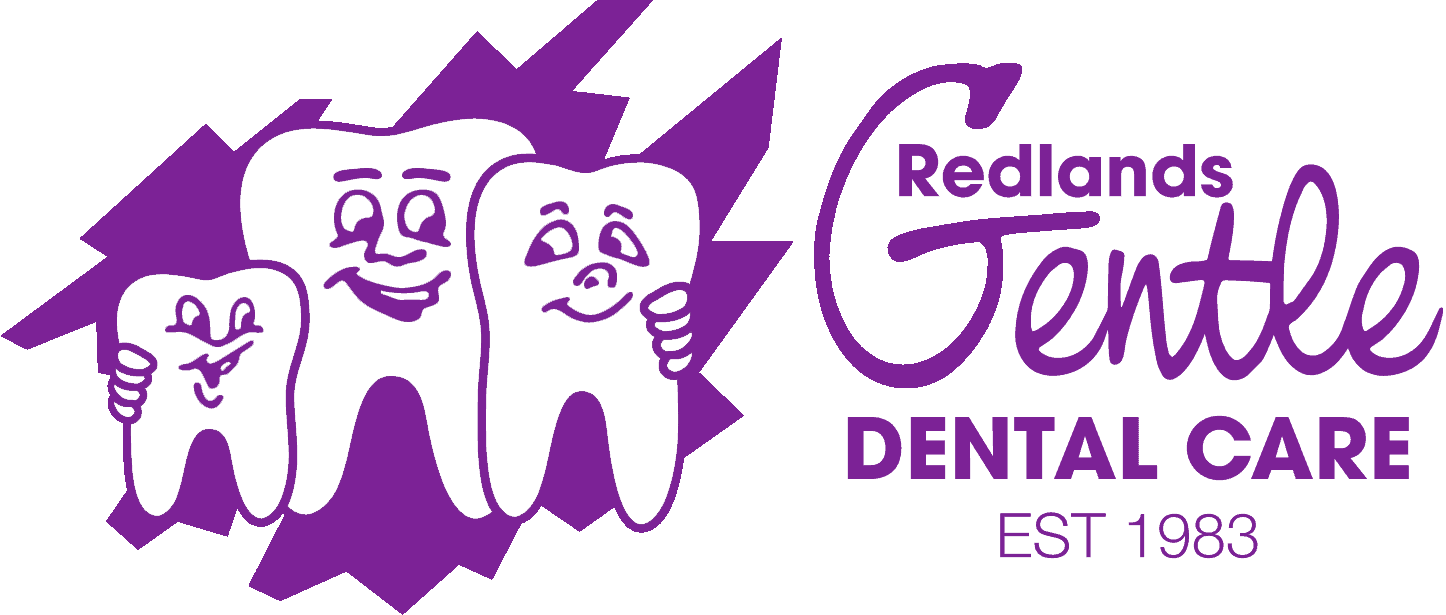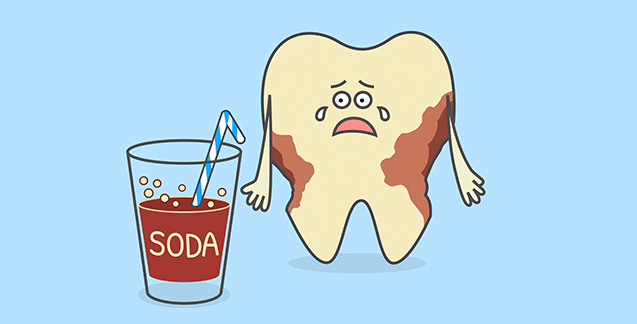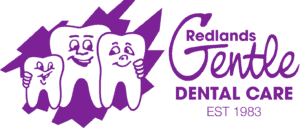Not everybody can have perfectly white teeth without a bit of “dental magic”. People are born with varying shades of white, depending on their individual genetic makeup. Sometimes, having a more yellowish or a light brown tooth colour can’t be blamed on poor dental hygiene. There are a number of reasons why your teeth may be discoloured. If you’re looking to rectify the discolouration, it is important to understand the causes behind it, so that you can take the necessary steps to prevent further discolouration.
The different kinds of tooth discolouration
There are two major types of tooth discolouration:
- Extrinsic
With this kind of discolouration, the enamel (outer layer of the tooth) becomes stained. The consumption of certain kinds of food and drinks can cause extrinsic discolouration. Smoking is also a major contributor.
- Intrinsic
Intrinsic discolouration occurs deeper in the tooth, below the enamel. The dentin, the inner layer beneath the enamel becomes darker or the tooth gets a yellow tint.
Age, genetics and discolouration
Your age and genetic makeup play a role in determining whether or not your teeth suffer discolouration. The enamel, being either a grey-white or pale yellow colour, protects the underlying tissues of the teeth. Cleaning and whitening only work on this outer layer of the teeth. However, the older you get, the enamel becomes eroded, which allows for more of the yellow dentin to show through, giving your teeth a distinctly yellow appearance.
Some people have a thicker enamel than others, which takes a greater amount of time for the enamel to wear down and for the yellow dentin to appear. If you are genetically blessed with thick enamel, you can show off with stain-free teeth for a long time.
Extrinsic discolouration
The major causes of extrinsic discolouration/staining are:
- Certain foods and drinks
Beverages- namely coffee, all types of teas, sodas and wine (especially red wine) cause staining because of the presence of acidic polyphenols. Milk added to coffee and tea can help in weakening the staining power of these two beverages. All kinds of berries, pomegranates, curries, soy sauce, and acidic foods also contribute to tooth discolouration. Furthermore, the extreme temperatures of food and drinks, either very hot or very cold, increase the severity of the staining.
- Tobacco
Smoking or even chewing tobacco severely stains the teeth. The substances contained in tobacco are bad for both your oral and physical health.
- Poor oral hygiene
Discolouration could be one of the side-effects of poor oral hygiene. Proper brushing, flossing, daily use of an antibacterial mouthwash, and regular visits to the dentist are all conducive to good oral hygiene.
How to avoid extrinsic discolouration
- Limit your intake of foods and drinks that cause staining
- Drink water soon after having foods and drinks that bring about staining
- Use a straw to minimise your teeth’s exposure to stain-causing foods and drinks
- Chew sugar-free gum after meals to remove food particles from your mouth
- Give up the habit of smoking or chewing tobacco
Intrinsic discolouration
The causes of intrinsic discolouration are:
- Dental Fluorosis
This condition results in the appearance of white spots or lines on the teeth as a result of too much fluoride consumption. Dental Fluorosis only affects children who still have milk teeth, with the permanent teeth still forming beneath the gum line. Keeping in mind the importance of fluoride in preventing tooth decay- speak to your dentist about how much fluoride your child should be consuming.
- Injury
A tooth that is injured following trauma to the mouth, can darken as result of a dead nerve or damage to the enamel. When a tooth is injured, an excess of blood flow to the tooth will occur to try and heal the injury. The presence of red-brown pigments from the iron in the blood causes the tooth to darken. A chipped, cracked, or broken tooth will most likely suffer discolouration.
- Medications
Certain antibiotics can cause tooth discolouration in children under the age of 8, who have teeth yet to develop. Antihistamines, antipsychotics, and medications used for hypertension may also lead to discoloured teeth.
- Dental materials
Certain dental materials, such as amalgam fillings can cause teeth to take on a greyish hue.
- Dentinogenesis imperfecta
If you suffer from a rare condition called Dentinogenesis imperfecta, your teeth will take on a grey-blue or yellow-brown colour.
Thanks to the advances in cosmetic dentistry, there are a number of options available to you, to make sure you get a brighter, whiter smile! If you’re looking to correct your tooth discolouration, contact our dedicated team of dentists at Redlands Gentle Dental Care and we will help you make the perfect decision for you and your teeth.












